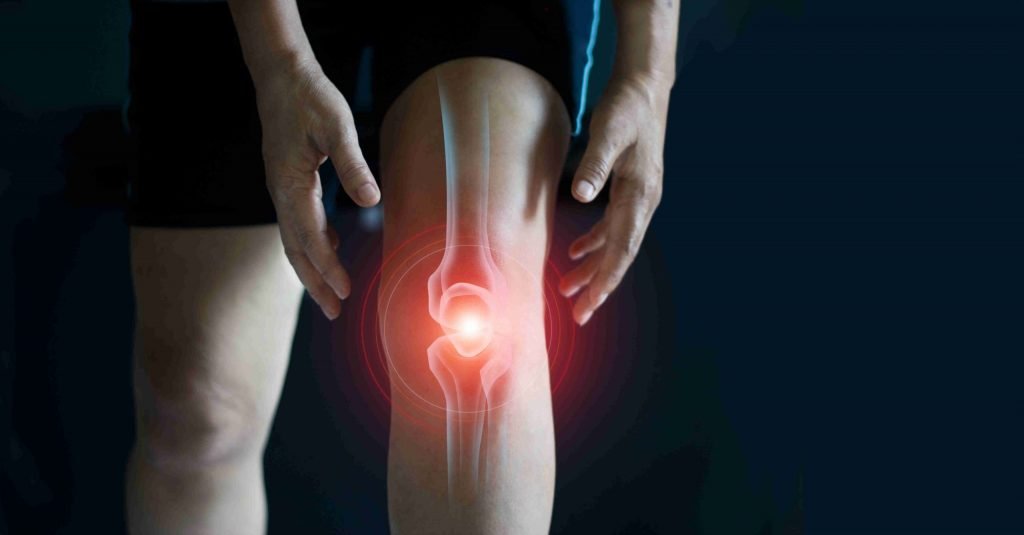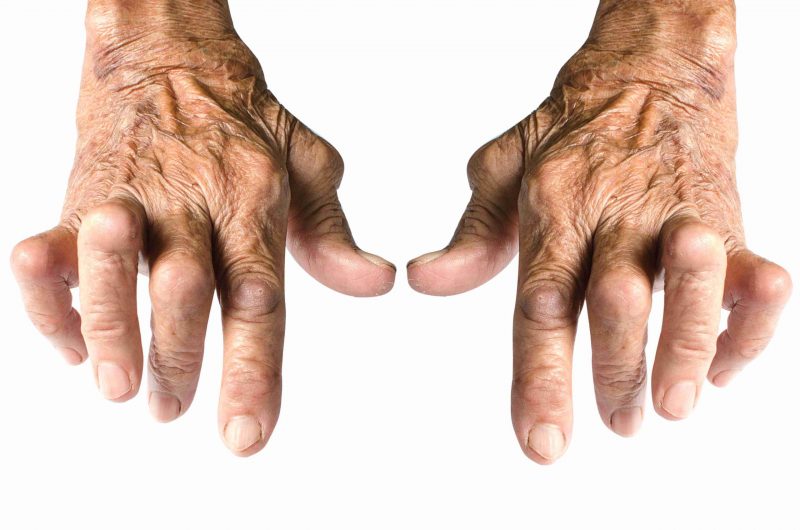Cannabinoid Therapy for Arthritis
Marijuana for Arthritis?
Arthritis is the leading cause of disability in the United States, affecting over 27 million adults nationwide. The economic, personal, and societal impact is staggering, with the CDC reporting yearly arthritis-attributable medical care costs and earnings losses at $303.5 billion. However, there may be some help in the form of cannabis for rheumatoid arthritis.
How does arthritis occur, and what are the symptoms?
Arthritis involves a diverse group of processes and commonly results in inflammation within one or more joints. The two most common forms of arthritis are osteoarthritis and rheumatoid arthritis, with other forms being autoimmune, infectious, cancerous, or traumatic.
The most encountered form of arthritis is osteoarthritis, a degenerative disease of the joint space that occurs with normal wear and tear over time. Weight-bearing joints in the knees and hips are most affected, but osteoarthritis can affect many joints, including joints in the hands, feet, and spine. The inflammatory pathology of osteoarthritis is driven by a powerful cytokine called interleukin 1a. This interleukin-driven (ignore the Klingon warship names here) degenerative erosion of ligaments ultimately leads to the destruction of the bone cells underlying the joint’s articular cartilage where bones meet. Patients suffering from osteoarthritis typically present with symptomatic complaints of pain, inflammation, stiffness, and crepitus (otherwise known as crackling, creaky joints). These symptoms are where cannabis for rheumatoid arthritis shines.
Rheumatoid arthritis, on the other hand, Rheumatoid arthritis is an auto-immune process in which the body’s antibodies mistakenly attack the synovial cells that form the inner tissue lining of the joint. This systemic inflammatory disorder is largely driven by interleukin six and affects many organs, leading to painful, deformed joints. Patients often report symptoms of early morning stiffness of hands, feet, and the spinal column in the neck. It is a painful, daily annoyance, but weed for rheumatoid arthritis might reduce it.
How does the pathology of arthritis occur?
Cannabis for rheumatoid arthritis is effective because of how the pain of arthritis works. As cells that form cartilage (chondrocytes) and line the joint (synoviocytes) become damaged, a distress signal is sent to the innate immune system via chemical messengers called cytokines and chemokines. In response, a variety of pro-inflammatory cell types are recruited to the damaged site as part of the normal response to insult in an attempt to limit joint damage and initiate repair, yet this adaptive response becomes harmful when your body can’t shut off inflammation. As arthritis progresses, the body’s regenerative capacity can’t keep pace with the rate of cellular destruction. A vicious cascade of events ensues, resulting in swelling of the joint and collagen degradation, and the damage to the bony matrix surrounding the joint forms a fibrotic scar. So how can cannabis help with rheumatoid arthritis?

How does endocannabinoid rescue work for arthritis?
Recall that the entire endocannabinoid system functions to maintain equilibrium or the body’s natural balance. In other words, the ECS is a ubiquitous biochemical surge protector that evolved to restore natural stability at the cellular level when systems are perturbed. The cannabinoid entourage of anti-inflammatory and pain-reducing compounds interacts with the ECS at this crucial checkpoint to short-circuit this vicious cascade of events. Specifically, CBD induces the change in chemical signal from a cell-toxic pro-inflammatory signal to cell growth and survival signal. Understanding how arthritis pain functions, we can now explore how cannabis reduces rheumatoid arthritis symptoms.
Chondrocytes, the cells that build cartilage, are richly endowed with CB2 cannabinoid receptors. As inflammation progresses, more CB2 receptors are recruited to the surface of the damaged cell, thereby increasing the rate of cannabidiol (CBD) binding and exerting its effects. When CBD binds with these receptors, a reversal of the pro-inflammatory sequence occurs. Cells stop recruiting to the area, swelling goes down, and redness subsides. The body then begins the process of clearing out the inflammatory debris and restoring elasticity to the joint. In short, this is how helpful weed can be for rheumatoid arthritis.
The cannabinoid anti-inflammatory “switch” blocks the effects of prostaglandins driving the pro-inflammatory pathway. This is a critical point to remember because commonly available NSAIDs (Advil, ibuprofen, naproxen, aspirin, etc.) and steroids target this same pathway. However, all NSAIDs, acetaminophen, and steroids come at the expense of their toxicity and side effect profile. They can have harmful effects on the stomach and kidneys in the case of NSAIDs and toxic liver effects for acetaminophen, which is the leading cause of ED overdose. Steroids also come with a long list of side effects that can limit their effectiveness – far fewer downsides exist with a cannabis treatment for rheumatoid arthritis.
Emerging scientific cannabis literature…
Cannabis medicines have been shown to reduce joint damage by 70% in chronic arthritis. In addition, cannabinoid medicines address the pain sensation processing known as nociception. Mouse and rat models have shown CBD to be effective at blocking osteo and rheumatoid arthritis progression at an optimal dose of 25 mg/kg. That works out to an amount of about 2 grams per day for a 70 kg (154 pounds) person. CBD directly modulates the immune system by reducing harmful chemicals tnf-a and ifn-gamma that recruit cells like neutrophils and macrophages that damage the joint. That is not all chemicals in cannabis can do for rheumatoid arthritis, however. In addition to turning off the destructive pro-inflammatory signals, CBD recruits regenerative stem cells (mesenchymal cells) to migrate to the injury site and differentiate into chondrocytes to rebuild joint tissues. John McPartland summed it up succinctly, “The forces of embryogenesis become the forces of healing after birth.”
Weed for rheumatoid arthritis? It seems to be more impactful than you’d think.

Why is it important to talk to your doctor about medical marijuana?
The mainstay of any medical intervention is to treat the underlying cause of symptoms and not just the symptoms of a pathologic process, all while minimizing the side effects of treatment. Cannabis for rheumatoid arthritis can effectively treat the inflammatory and pain symptoms, although it is essential to note that it does not always address the root cause. Differentiating the exact forms of arthritis is critical and requires medical training and institute appropriate and timely intervention. For example, some forms of arthritis, like gouty arthritis (gout), are caused by microscopic crystals precipitating in the joint space. This means that gout is effectively treated with targeted medications that lower uric acid levels rather than with cannabidiols. In addition, some joint pains are caused by an infectious agent. These are medical emergencies and require immediate joint drainage and antibiotic therapy to avert permanent damage.
The take-home point is that a trained physician can recognize these different entities and take appropriate action to limit joint damage and maximize symptom relief. Cannabis medicines for rheumatoid arthritis can be a powerful tool in a patient’s armamentarium if used correctly.
How can Ozark MMJ Cards help?

At Ozark MMJ Cards, we do far more than certify patients for MMJ cards. We educate patients on how to incorporate cannabis medicines into their comprehensive treatment plan effectively. To learn more or see how you can qualify, visit us here or call (479) 579-9595.

